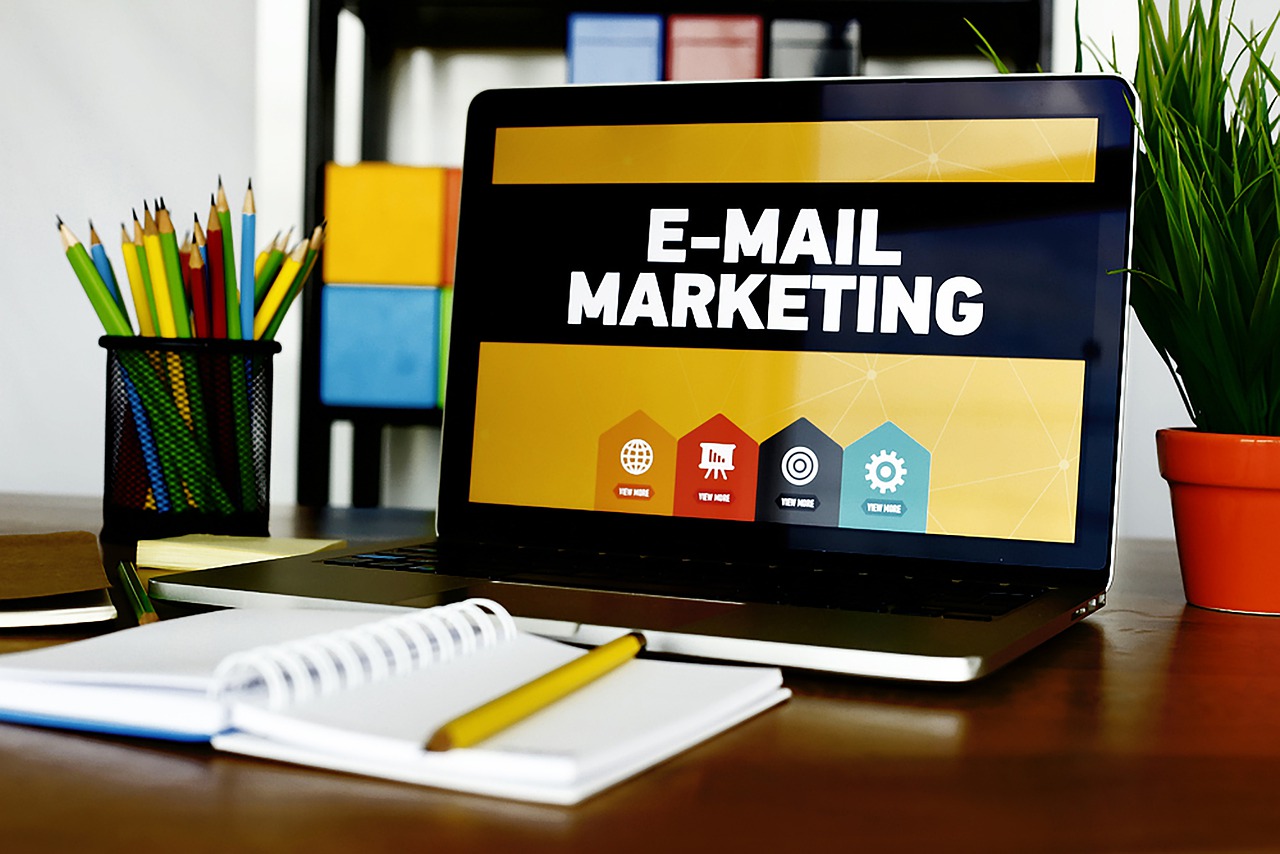Microsoft's first AI chat ad format—what brands need to know about the ads
Microsoft created new ads for conversational AI, including ones that will appear within Snap’s My AI chatbot.

Microsoft will launch the first ad product it developed specifically for Bing’s AI-powered chat, calling this new category of ads “conversational ads.”
The initial format is one that will assist consumers in shopping. Microsoft will also make “conversational ads” open to third parties that use its Ads for Chat API, starting with Snapchat and Axel Springer, according to Kya Sainsbury-Carter, Microsoft Advertising’s VP, global partner and retail media.
Microsoft, so far, has one format in the “conversational ads” category, called “compare and decide” ads, which are basically AI-generated tables that display multiple images, products and product details, such as price comparisons. The ad format is different than the ones Microsoft has already made available in Bing’s AI Chat, which launched in February with typical search ads that already were available on Bing.
Bing Chat is a more conversational way of searching the web, with users getting responses to queries like they would from ChatGPT. Bing Chat also is based on OpenAI’s ChatGPT, of which Microsoft is a major investor.
“When we launched [Bing Chat], we really just launched with our existing ad formats to see how does it work, [and] what would we ask advertisers to engage in that we think is valuable,” Sainsbury-Carter said. “We’re starting to see some things, and we believe there is a category … that is very specific to chat, so that will be under the ‘conversational ads’ umbrella.”
Microsoft held an event in New York yesterday to discuss new applications for AI across its services, including within advertising. Microsoft also gave the first hint as to how traditional search ads have performed when they appear within Bing Chat.
“With our just existing ads, that are already available within chat,” Sainsbury-Carter said, “with our text ads, we’re seeing 1.8 times higher click-through rates when in the conversational flow versus the traditional search flow.”
“With shopping ads, we’re seeing an 11% stronger click-through rate,” Sainsbury-Carter added, “and we're also seeing improved dwell time.”
“Dwell time” is the amount of time a person spends on a page they visited from a search ad. Sainsbury-Carter called that a “proxy” for the accuracy of its search results. If a person doesn’t click away from a page instantly, it means the referral was likely relevant.
Microsoft came hot out of the gate this year with its push to invest into OpenAI and to integrate ChatGPT, the generative text bot, across its products. The popularity of ChatGPT, and other AI tools, has led all the major platforms to launch AI ad products and services. In February, Google launched its Bing Chat rival called Bard, and in May, Google started testing ads in AI-generated search. In February, Snapchat launched My AI, giving users a bespoke ChatGPT experience. Snapchat is one of the first Microsoft partners to use the Ads for Chat API—application programming interface—which will eventually make the new conversational ads from Microsoft available in Snap, too.
‘Compare and decide’ ads
The conversational feel of talking with chatbots could have a significant effect on how consumers discover new products. Publishers are concerned that as more people use chatbots to get their information, fewer people could click into their websites.
Read up on how ad agencies are implementing AI
One clear use for generative AI is for shopping assistance, as 88% of Gen Zers cited interest in using AI to shop online, Ad Age reported this week. Microsoft appears to have stumbled on that trend as well, given that its first official conversational AI ad offers shopping comparisons. “The mode that people are in [within Bing Chat] is offering them a significantly deeper and richer experience,” Sainsbury-Carter said, “and we’re getting more signals. … The ads can be dramatically more relevant.”
Microsoft shared an example of a “compare and decide” ad. It showed a query asking, “I’m looking for an SUV with a strong safety record that is also fuel efficient. Can you help me.”
Below the AI-generated text response was a “compare and decide” ad, which displayed a smattering of new and used cars at different price points and from different makers. Microsoft has not launched the ads yet, but it plans to start testing them in January. There are still some unknowns about how marketers can opt into the ad format, and exactly what categories of products it will cover, according to Sainsbury-Carter.
Search advertisers had been automatically enrolled in the Bing Chat ads when they first launched in February. Some advertisers still have questions about performance on these ad placements, since Microsoft does not yet break out details comparing how search campaigns performed when they appeared in a traditional search result versus within a conversational chat.
As for how to launch the new conversational ads, Sainsbury-Carter said the plan is to make it as easy as possible to participate for existing Bing advertisers.
“From an interface perspective, we’re going to keep it as close as possible to what [advertisers] already work with; not ask people to learn a whole new thing,” Sainsbury-Carter said, “unless there’s something that’s actually really needed to light this up, we’ll pull from what we have as long as it works.”

 Koichiko
Koichiko 
































